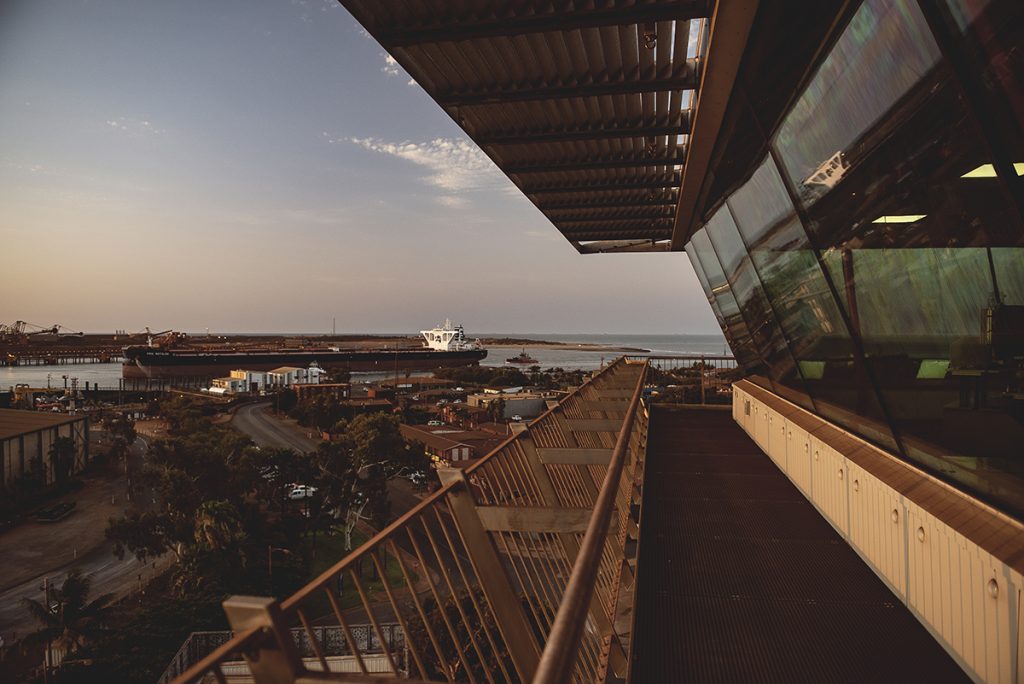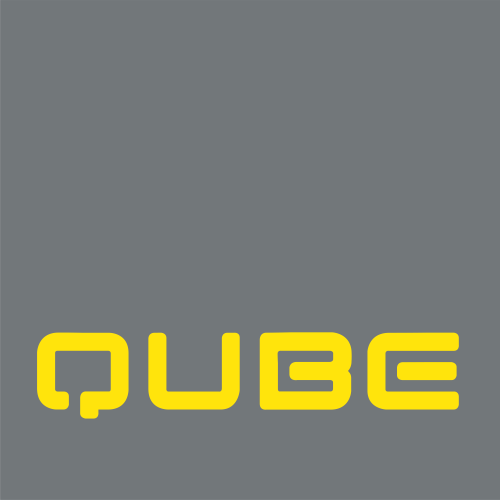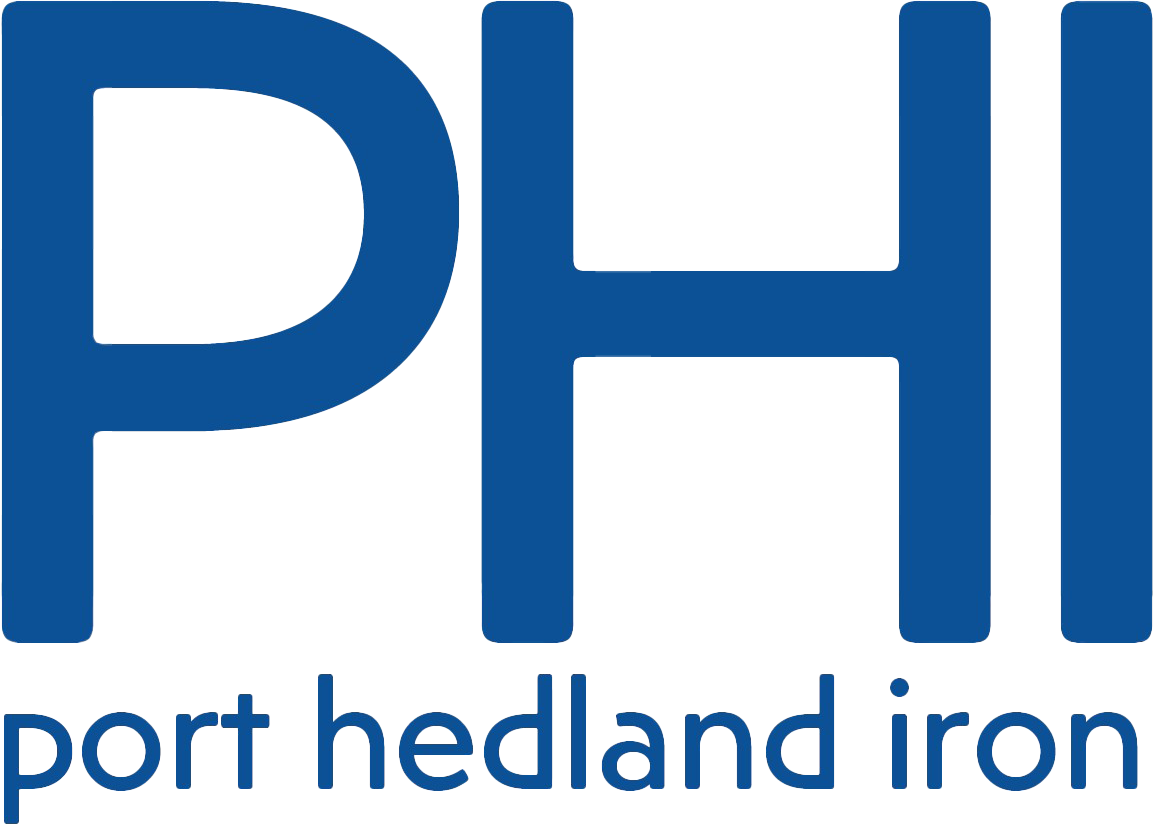About PHIC
PHIC is an incorporated organisation with the overarching objective of assisting the Port of Port Hedland achieve its maximum potential. PHIC also provides a forum for industry collaboration, information sharing, knowledge transfer and assists members and partner companies to manage and minimise the impacts of industry on the community.
Through its members, PHIC brings substantial industry expertise, provides a cohesive voice for industry and is a single industry wide point of contact for government and community concerning industry development, environment and land-use planning.
PHIC also provides a single, industry-wide point of contact for federal, state and local government and has established strong community engagement through the PHIC Industry Community Forum.
Find out more here:
Ensuring the ongoing growth of the port is not only vital for the State but ensures a strong and thriving Port Hedland community now and in the future. PHIC members create jobs, support local businesses, and contribute to the community by investing in a range of educational, sporting, environmental and social programs. They also provide in kind support to community organisations and provide many hours of mentoring and volunteer work.
Combined, PHIC members contributed more than $9 million in 2019/20 in social investment activities and community infrastructure projects, and they support a wide range of ongoing community projects in Port Hedland.
These include initiatives providing youth and Indigenous programs, supporting major festivals, community events, education and career development programs, traineeships and employment programs, health and wellbeing projects, and provide funding for social infrastructure such as pop-up markets, skate parks, and other recreational outlets.
They also champion environmental stewardship, ensuring best practice across the Port Hedland community.
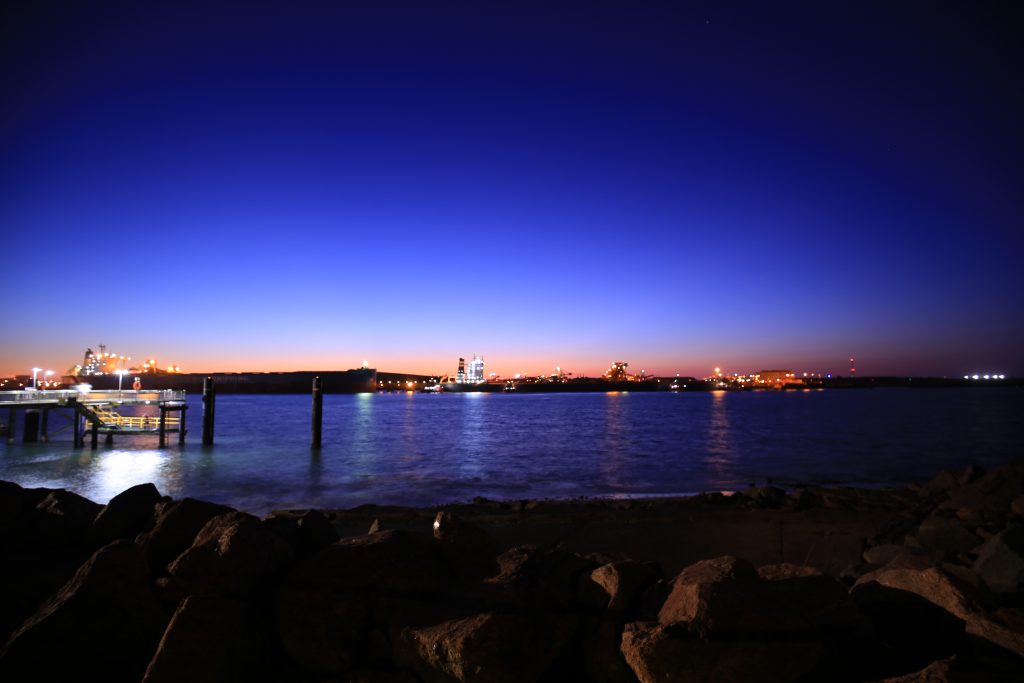
Community Industry Forum
The PHIC CIF works to ensure meaningful engagement and two-way information sharing and promotes open, constructive communication between all stakeholders in working towards developing a shared vision for Port Hedland.
It assists to resolve community concerns and provide quick responses to emerging issues.
The PHIC CIF comprises representatives from industry, government, community groups, Indigenous representatives and interested community members.
In line with this transparent approach, members of the PHIC CIF have agreed to publish reference documents, minutes and presentations on the PHIC website.
PHIC CIF members also welcome feedback on issues discussed or suggestions for future agenda items. To share your thoughts, please email admin@nullphic-hedland.com.au
PHIC established the Community Industry Forum (CIF) in 2019 with the aim of building trust and openness between industry, government and the broader community.
Membership of the PHIC CIF does change from time to time. When this happens, we will advertise in the North West Telegraph for expression of interest to participate. All you need to do is respond within the timeline indicated.
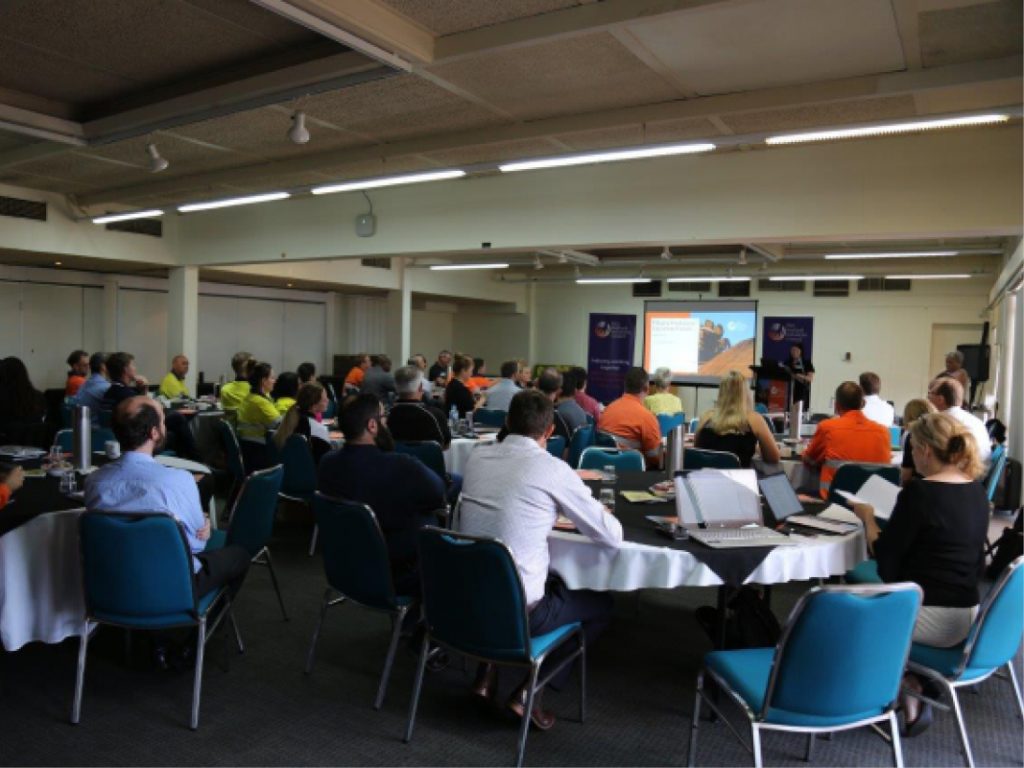
Value of the Port of Port Hedland
The economic power of the Port of Port Hedland and the trade facilitated through the port was revealed in a report which found that one in every nine full time jobs across WA were the result of the economic activity from the port in 2022-23.
The report found that the Port of Port Hedland and the trade facilitated through the port – referred to in the report as the Port Hedland Port Supply Chain – contributed an extraordinary $103 billion to Australia’s GDP in 2022-23, furthering the reputation of the Pilbara and the Port of Port Hedland as a cornerstone of the nation’s economic growth.
The Economic Significance of the Port of Port Hedland report compiled by ACIL Allen for the Port Hedland Industries Council is an assessment of the 2022-23 financial year and includes projections for the 10 years from 2023-24 to 2032-33.
For the first time, the report includes an assessment of the future economic potential of the Lumsden Point General Cargo Facility, which ACIL Allen estimates will add $22.6 billion to Australia’s GDP over the 10 years from 2023-24 and support economic diversification and decarbonisation in the Pilbara.
The combined Port Hedland Port and Lumsden Point Supply Chain is forecast to support more than 200,000 jobs nationally and deliver $851 billion in Gross Product during the 10 years to 2032-33.
Contribution to the WA Economy
- The Port Hedland Port Supply Chain supports one in every nine full-time Western Australian jobs.
- Total economic contribution to the WA economy of $90.68 billion accounting for over 20% of all activity in the WA economy.
- Collectively, the Port and its supply chain contribute more to the WA economy than any other sector outside of the mining industry. The Port Hedland Port Supply Chain generated four times the Gross Value Added of the Construction industry, Western Australia’s second largest industry sector in 2022-23.
- The WA Government received approximately $6 billion in direct taxation payments by the Port Hedland Port Supply Chain, 93% or $5.56 billion of which was resource royalties.
Contribution to the Australian Economy
- The total economic contribution of the Port Hedland Port Supply Chain within Australia was $103.7 billion, equating to approximately 4% of the national economy. The Commonwealth Government received $14 billion in direct taxation contributions from the Port Hedland Port Supply Chain.
- It is estimated the Port Hedland Port Supply Chain will contribute $156.3 billion in taxation and royalty payments to the WA Government and Commonwealth Government between 2023-24 and 2032-33.
The Economic Significance of the Port of Port Hedland report compiled by ACIL Allen highlights the important role that the port plays in the economic development of the local.
It found the port and its supply chain contributed $2.01 billion to Port Hedland Gross Regional Product in 2022-23, with $678 million direct economic activity supporting an additional $1.33 billion in indirect economic activity.
This means for every $1 of local expenditure by the port and the trade facilitated through the port, an additional $2 was generated across the rest of the local economy.
The port and its supply chain supported 8,158 direct and indirect full-time jobs locally – 74 per cent of the full-time employment in the Town of Port Hedland – and boosted local income by $1.02 billion.
Ensuring the sustainability of industry and the growth of the port is vital for the ongoing economic wellbeing of the nation, the State and the Port Hedland community.
The ongoing growth of the port will make Port Hedland a more attractive place for young people to live and work and underpin the development of the community’s economic and social infrastructure, which in turn will benefit everyone who wants to live in Port Hedland.
Based on forward guidance from participating organisations, ACIL Allen’s The Economic Significance of the Port of Port Hedland report has estimated that the Port of Port Hedland and the activities through the port will deliver significant and lasting economic benefits to the regional, State and national economies.
Despite a conservative price outlook across all commodities, the report estimates that the Port of Port Hedland will cumulatively contribute $851.4 billion to GDP over the 10 years to 2032-33.
For the first time, the report includes an assessment of the future economic potential of the Lumsden Point General Cargo Facility, which ACIL Allen estimates will add $22.6 billion to Australia’s GDP over the 10 years from 2023-24 and support economic diversification and decarbonisation in the Pilbara.
While iron ore remains the dominant commodity exported through Port Hedland, other exports important are lithium, salt, manganese, copper concentrates, and livestock.
When operating, Lumsden Point will help to facilitate the export of battery metals such as lithium and copper concentrates, import of renewable energy infrastructure (such as wind turbines and blades, and solar panels), and support the growth of direct shipping services to the Pilbara, from countries such as Singapore.
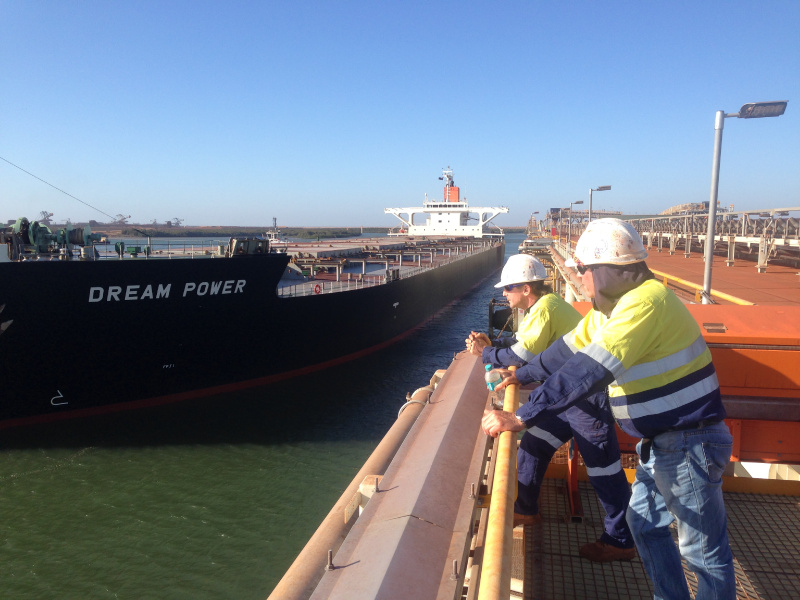
Planning
The Hedland Maritime Initiative has been created to administer the Port Hedland Voluntary Buyback Scheme and the planning and development of a maritime precinct for the West End.
Drawing on Port Hedland’s rich maritime history, the proposed Maritime Precinct will create multiple opportunities for new economic activity in retail, hospitality, tourism, cultural, as well as training and education – supporting the Government’s goal of revitalising the town’s West End.
More information is available on the HMI website https://hedlandmaritime.com.au/.
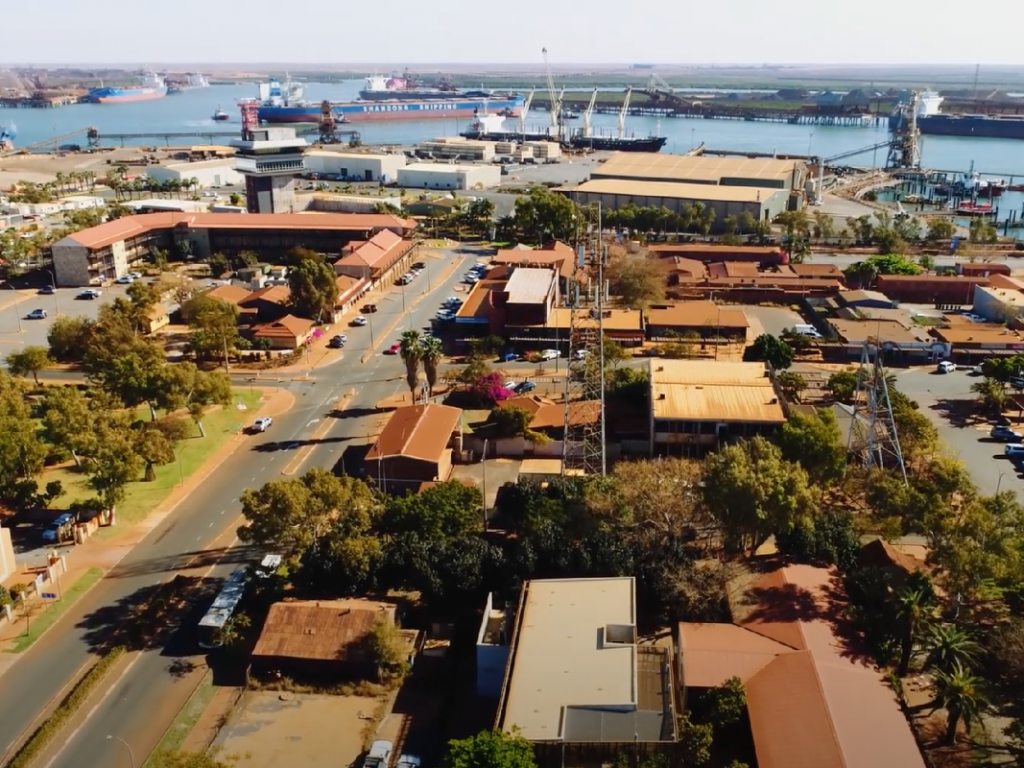
Environmental
Air Quality
Port users including PHIC members handling or exporting bulk commodities through the port operate under Part V environmental licences as part of the Environmental Protection Act, which sets out requirements to manage, monitor and report dust levels within the boundaries of their operations.
Further details can be obtained at dwer.wa.gov.au or see PHIC’s air quality fact sheet.
Yes. PHIC is working with DWER to develop these guidelines. Port users have invested heavily over the past decade to reduce dust emissions and improve dust mitigation activities at port operations and continue to do so.
Through PHIC industry works together and shares information, knowledge and experience to ensure leading dust control measures are implemented and continuously improved.
Industry established the Port Hedland Ambient Air Quality Monitoring Network to assist the Port Hedland Dust Management Taskforce (2010 Report).
The network has provided data and informed the work of the Taskforce and the Department of Health’s 2016 Health Risk Assessment and has assisted industry in the development of strategies and evaluation of dust impacts from the Port of Port Hedland.
It has also assisted industry to continually improve its performance on dust emissions.
Management of the network was transferred to the Department of Water and Environmental Regulation on 1 January 2022.
Industry remains committed to implementing leading dust mitigation practices in Port Hedland and works with the regulator through the Industry Working Group to inform Dust Management guidelines and reporting methods.
Dust is a general term used to describe microscopic solid particles suspended in the air.
It is recognised nationally and internationally that the most common metrics for measuring air quality is particulate matter (PM), specifically PM10 and PM2.5. This refers to the size in aerodynamic diameter measured in micrometres (μm).
The composition of dust can vary from location to location. In cities dust tends to be dominated by small particles from combustion sources, such as vehicle emissions. In regional areas, combustion sources are less concentrated, and dust tends to be dominated by larger particles.
In Port Hedland, the composition of dust is significantly different, consisting largely of iron oxide.
Meteorological conditions play a significant role in the dispersion and generation of dust in and around the town of Port Hedland.
The Pilbara region is an arid environment experiencing subtropical climatic conditions. Dry conditions and strong winds will result in higher level of dust emissions from industry and natural sources.
Dust emissions will also have a greater radius of impact during periods of stronger wind speeds due to dust remaining suspended in the air for longer periods and therefore being carried further distances.
The prevailing wind conditions during the wet and dry seasons of northern Australia can be variable.
The variability in the wind speed and wind direction in Port Hedland will result in variation of dust emissions and in the areas potentially affected by dust.
Wet conditions assist in the suppression of dust.
The guideline of 70µg/m3 PM10 (24-hour average) was established in Port Hedland based on the WA Department of Health’s 2016 Health Risk Assessment and the advice of the Port Hedland Dust Management Taskforce.
The National Environmental Protection Measure (NEPM) standards for Ambient Air Quality are based on an urban environment. It is important to note the composition of dust from Port Hedland is significantly different to that found in urban environments.
Dust in urban environments typically consists of particulate matter from combustion sources such as road traffic.
Industry has invested heavily in dust mitigation measures for more than a decade and is committed to achieving a net zero increase in dust emissions as exports through the Port increase.
Industry recognises it contributes to dust in Port Hedland, but it is not the only source of dust in what is a semi-arid environment.
There are many contributing factors to dust in Port Hedland, including natural bushfires, port activities, light industrial areas, urban activities and prevailing wind patterns.
Not all of these can be controlled by industry. Nevertheless, industry is committed to implementing leading dust suppression methods.
The clear intent of the State Government’s response to the 2016 Port Hedland Dust Management Taskforce Report – released in October 2018 – was that while air quality guidelines and dust management activities are an appropriate response to managing dust emissions, other non-regulatory measures were also required including town planning amendments, town greening initiatives and more education on how people can better protect themselves.
Environmental Programs
PHIC and its members participate in a range of environmental programs and partner with the regulator and other State Government departments to continuously improve environmental outcomes in Port Hedland.
Marine – State-Wide Array Surveillance Program (SWASP).
PHIC has partnered with Pilbara Ports, a PHIC member, and the Department of Primary Industries and Regional Development (DPIRD) to implement an award-winning early warning system against introduced marine pests, the State-Wide Array Surveillance Program (SWASP).
The SWASP is a collaborative project between DPIRD and WA’s five regional port authorities which aims to identify introduced marine pests (IMP) before they can become established in Western Australia.
SWASP aims to identify the presence of introduced marine pests in port waters as early as possible. Early detection and management are important as eradication of established introduced marine pests can be costly and challenging.
Industry is contributing to the implementation of the SWASP at the Port of Port Hedland with port operators providing personnel to work with DPIRD to undertake the monitoring, and funding provided through Port Hedland Industries Council (PHIC).
Monitoring is undertaken using a series of underwater settlement arrays which are deployed twice a year, a summer soak period (February to April) and a winter soak period (August to October).
Marine growth on the arrays is collected after each soak period and sent for analysis. The results are compared against a library of DNA of known marine pest species developed by Aquatic Pest Biosecurity Unit (DPIRD) as well as publicly available databases.
Shoreline surveys are also undertaken at various locations in and around the port on an annual basis in conjunction with the array retrieval for the winter soak period.
SWASP is a world-first in the use of molecular techniques by a collaborative marine biosecurity surveillance network.
Find out more here.
Port – landside – Vertebrate Pest Management Program
PHIC members, Town of Port Hedland, Care For Hedland and Dampier Salt now working together on the biannual program.
Prior to the implementation of a coordinated Vertebrate Pest Management Program (VPMP) in the Town of Port Hedland (ToPH) elevated levels of predation of turtle nests by foxes occurred with reports of up to 88% of nests destroyed at some beaches within a nesting season.
Implementation of the VPMP also reduces pressure on populations of other native fauna such as Quolls, birds and lizards.
The VPMP has historically included two components:
- The beach control program – which consisted of targeted fox control programs times to reduce fox populations at turtle nesting beaches during periods where turtles are laying eggs and hatchlings are emerging; and
- The hinterland control program – which includes control of vertebrate pests (foxes and cats) on both the beaches and surrounding land in the broader Port Hedland region. This program is timed to target vertebrate pests when they are breeding to reduce their populations, reduce predation pressure on native wildlife and to reduce predator numbers in the regions surrounding turtle nesting beaches to stop foxes moving into these areas during turtle nesting season.
Undertaking a coordinated approach to vertebrate pest management will control pest populations more broadly in the region and reduce reintroduction of foxes from nearby populations.
Implementation of the VPMP enables all industry partners and local government to continue to protect native animal populations (i.e. Turtles and Quolls), thereby decreasing the impact of invasive pests on our local environment and industry managed land and increasing nesting success of turtles.
Since there has been a coordinated approach there have been no fox disturbances at Pretty Pool Beach.
PHIC Members are committed to working towards net zero carbon emissions at the Port of Port Hedland.
Reducing greenhouse gas emissions is a key component of PHIC member climate change strategies.
This includes reducing operational emissions and working with supply change businesses to reduce their emissions.
PHIC members are investing in low emission technologies, renewable energy, green hydrogen, and battery storage, development of ‘green steel,’ supporting emissions reduction across the value chain and partnering with others to enhance outcomes.
Pilbara Ports is a platinum partner of Carbon Neutral – a market leader with a global reputation, and one of the longest standing carbon offset providers in Australia.
Noise
PHIC is currently working to update cumulative noise modelling in Port Hedland to support the Department of Water and Environmental Regulation.
LiDAR
LiDAR – Light Detection and Ranging – was developed in the early 1960s and has proven to be an extremely versatile technology used for a wide variety of purposes including remote sensing, vehicle automation and atmospheric studies.
More information is available from PHIC’s LiDAR fact sheet.
The instrument (transmitter) releases rapid pulses of laser light along a path (to a receiver) and measures the time it takes for each light pulse to return. This is a similar principle to radar, except it uses a laser beam. The laser pulse signal strength is reduced as it reflects on larger particles in the atmosphere, such as pollen, water droplets, dust etc. The light that is not reflected by particles continues.
In the case of Port Hedland, the atmospheric LiDAR studies were seeking to understand the potential source, directional movement of dust plumes and concentrations of dust particles in the Port Hedland Airshed.
LiDAR measures the relative concentration of all particulate matter (not just dust) including PM10 and PM2.5, water vapour, and other suspended particulates and solid objects, which can then be represented visually.
LiDAR is a useful tool in this regard. However, care should be exercised when interpreting such imagery because LiDAR does not differentiate between particulates and solid objects.
LiDAR only operates at the level it has been set.
In most atmospheric LiDAR studies there is a requirement to validate the intensity of the return pulse through using measured data from secondary monitoring systems to develop a relationship between what the LiDAR has measured against the results from more traditional monitoring methods. However, the assumption that LiDAR is measuring only PM10 concentration is not correct.
A LiDAR can only map the extent and location of a dust plume in relative terms in real-time and it is recognised as a practical measurement technique to allow for two or in some cases three-dimensional mapping of a plume.
DWER said its 2017 study helped identify the location of dust sources and the movement of dust plumes in the Port Hedland airshed. It was not intended to demonstrate LiDAR’s use as a regulatory tool because of limitations with current forms of the technology.
No. LiDAR measures all particulate matter in the atmosphere. It does not differentiate between types of particulate matter including dust (PM10, PM2.5), water vapour, and other suspended particulates and solid objects. When the LiDAR beam intersects with infrastructure (buildings, equipment) at the elevation plane of the LiDAR monitor, the heat map appears as red and could be interpreted as dust particles. That is, the visual representation is not accurate and can easily be misread. The same could apply during period of rain when the LiDAR pulse if reflected by water droplets.
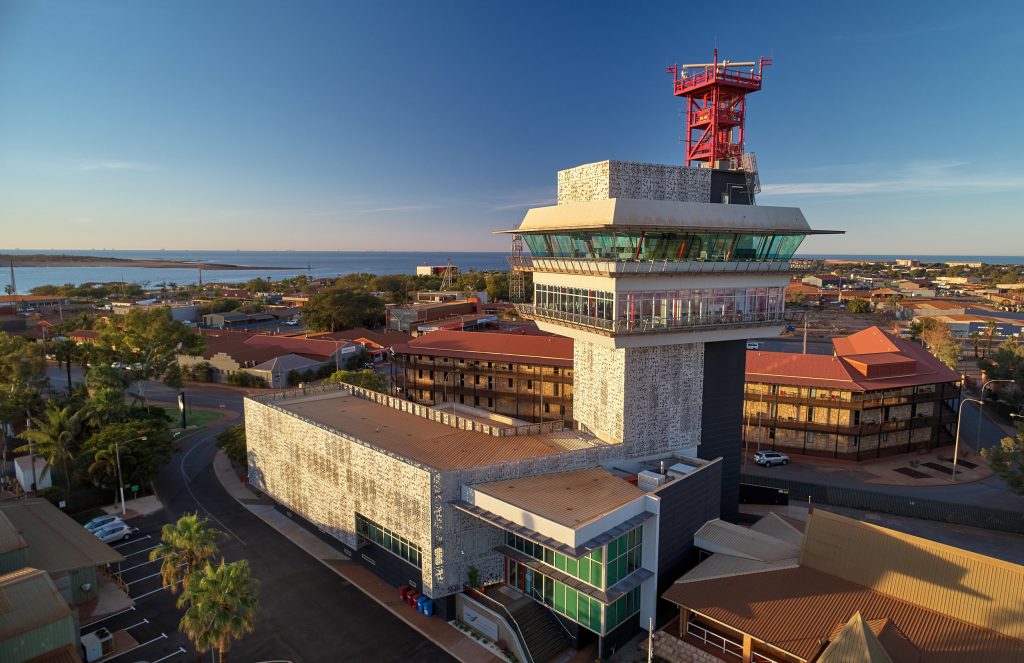
Other substances
Potential exposure to respirable crystalline silica is a risk that all port operators manage in line with standards set by Government.
In relation to community exposures, the WA Department of Health’s Health Risk Assessment of Port Hedland concluded that measured levels in the community were around 10 times below the level that would trigger public health concerns.
The HRA concluded that in relation to respirable crystalline silica ‘the risk posed in Port Hedland at all sites monitored is very low and is not of concern.’
The Department of Health’s Health Risk Assessment of Port Hedland found “that the air monitoring results for all monitored metals indicates that exposure to these metals in ambient air in Port Hedland is unlikely to pose any risk to human health… The same can be concluded for both silica and asbestos”.
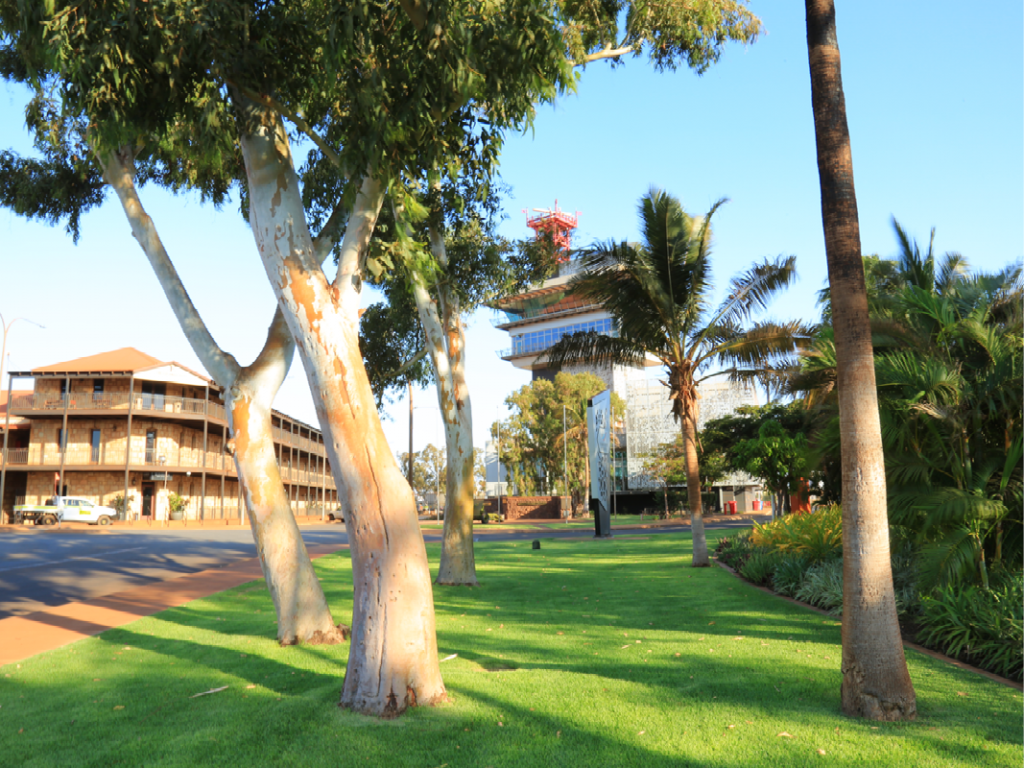
Monitoring Network
Transferring management of the Port Hedland Ambient Air Quality Monitoring Network to the Department of Water and Environmental Regulation was one of the recommendations of the Porth Hedland Dust Management Taskforce (2016).
The establishment and ongoing operation of the Network was a key initiative of PHIC.
The Network has provided data and informed the development of strategies and evaluation of dust impacts from the Port of Port Hedland and has assisted industry to continuously improve its performance on dust emissions.
PHIC will continue to fund the ongoing operations of the Network.
